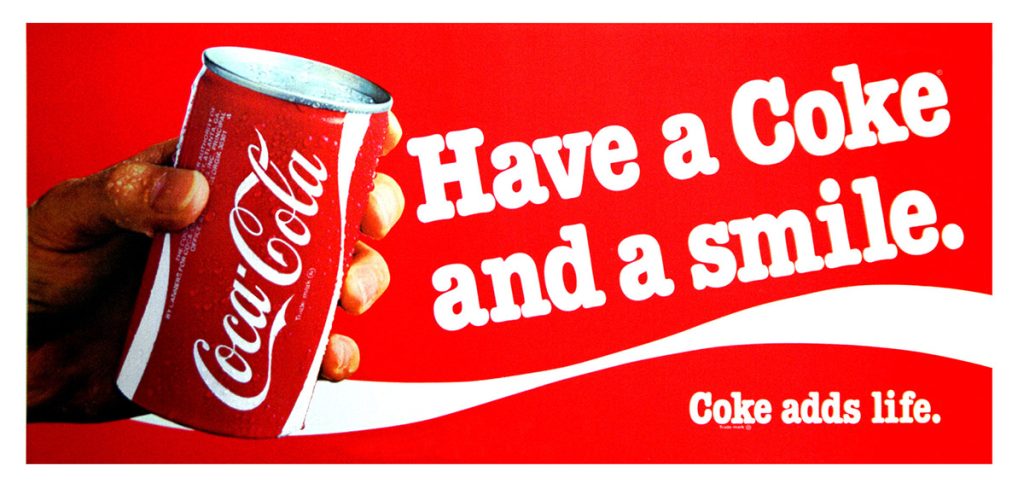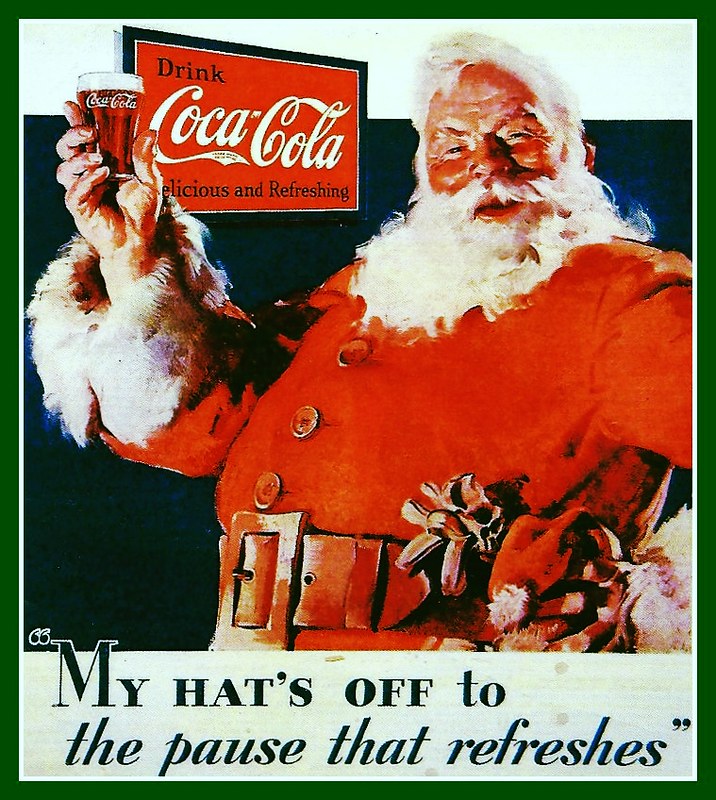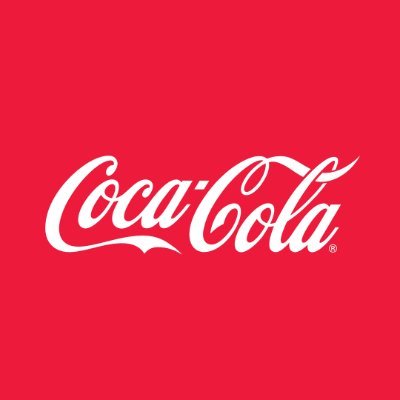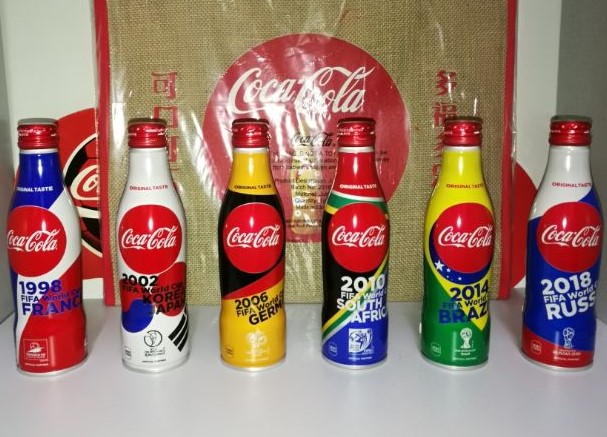
Everyone knows Coca-Cola, a global soft drink brand. In the 85 years leading up to 1971, Coca-Cola continued to expand its sales worldwide and create an international brand image. Coca-Cola’s sales and profits reached record highs. Net profit increased by 14%, totaling $147 million. However, in 1971, the company focused on the future and built on its profit growth and international success. In 2010, the Coca-Cola brand value exceeded $70 billion, Hymson, L.A. (2011).

The Coca-Cola Company established global dominance in the soft drink industry in the 20th century. The cola wars between two competitors, Coca-Cola and Pepsi, were the most intense, Jabbar, T. (2016). From the late 19th century, Coca-Cola adopted advertising strategies that ultimately influenced mass media, brands, and consumer culture around the world. Through innovative campaigns, such as their classic Santa Claus advert, emotional narratives were used to connect with consumers. You can see Coca-Cola everywhere in the city, and its presence has embedded the brand in people’s lives, making it a symbol of classic American culture.
The company’s strategy is to place its logo in the media and entertainment sector, whether through product placement in movies or televisions or by sponsoring major sporting events such as the World Cup or the European Cup. For example, when the flag-printed theme bottles launched during the World Cup are launched, people buy Coke to collect them. Coca-Cola has also played an essential role in shaping trends, from its early association with rock music to its sponsorship of global pop stars and large music festivals, combining entertainment with life.
Coca-Cola’s cultural dominance is not just about selling soda but also creating an experience associated with happiness, nostalgia and unity. Encourage employees to maintain a collaborative work environment and motivate employees to develop and diversify, Greenspan, R. Some fast food brands, such as McDonald’s, bundle Coca-Cola and sell with their meals to enhance cooperation between brands and generate profits.

Whether from young or old consumers, Coca-Cola has established a good memory that remains unchanged among generations, the recipe has remained unchanged, and the price is low. Different age groups, different classes and groups drink Coca-Cola, “millionaires may drink champagne, ordinary people drink beer, but they all drink soda.” Pendergrast, M. (2000). More than 40 flavours and multiple types of cola are sold in more than 200 countries, and they own many different beverage brands, such as Sprite, Fanta, Schweppes, Monster and even Costa Coffee. Additionally, the brand has adapted to the ever-changing world of modern technology, engaging on social media and leveraging digital platforms to continue strengthening its presence in a fast-paced media environment.
Reference list:
Greenspan, R. (n.d.).┬ĀCoca-ColaŌĆÖs Organizational Culture & Cultural Traits – Panmore Institute. [online] Panmore Institute. https://panmore.com/coca-cola-organizational-culture-cultural-traits-analysis-case-study.
Hymson, L.A. (2011).┬ĀThe Company that Taught the World to Sing: Coca-Cola, Globalization, and the Cultural Politics of Branding in the Twentieth Century.┬Ā[online] deepblue.lib.umich.edu. https://deepblue.lib.umich.edu/handle/2027.42/86471.
Jabbar, T. (2016). Fizzy Sentiments: Coca-Cola and the Global Culture Industry.┬ĀGlendon Journal of International Studies / Revue dŌĆÖ├®tudes internationales de Glendon, [online] 9(0). https://gjis.journals.yorku.ca/index.php/gjis/article/view/40236.
Pendergrast, M. (2000). For God, Country and Coca-Cola : the Definitive History of the Great American Soft Drink and the Company That Makes It. New York: Basic Books.






You give us a comprehensive overview of Coca-Cola’s remarkable journey and its role in shaping global consumer culture. It highlights the brand’s innovative marketing strategies, emotional advertising, and cultural associations. Coca-Cola has transcended as a beverage to a symbol of happiness and nostalgia. You also highlights its adaptability to changing market and digital platforms. It also explores Coca-Cola’s response to health trends and the balance between traditional and health conscious product lines.
Hello! Your blog effectively shows how Coca-Cola has become a model of the global cultural industry through advertising, entertainment, cross-brand partnerships, and emotional storytelling. It has shaped its brand identity and influenced global consumer values and preferences. Additionally, exploring whether its digital transformation has increased covert control over consumer behavior on social media is worth considering. Reflecting on the social impact and potential contradictions of the brand’s global expansion is a great direction. Your blog is excellent, and I like your sharing.